Your period products have to come wrapped in something when you buy them. For our non-applicator tampons, we use plastic. Here’s why.
Tampons as medical devices
Tampons are highly regulated for their safety because you wear them inside your body. For this reason, many countries – including the USA, Canada and Australia – classify tampons as Class-II medical devices. This means tampons are tested to meet thorough safety standards before going out onto the shelves. Some of the things we test for are:
- Dioxin and pesticide residues
- Absorbency range
- Microbiological tests
For our non-applicator tampons we use a plastic shrink overwrap to comply with the hygiene standards expected for a medical device. The wrapper prevents bacterial crossover to the tampon, keeping the cotton sterilised and hygienic until use. The shrink wrap also has a benefit of preventing the organic cotton expanding, making the tampon easier to insert when you come to use it.
We use recyclable plastic
We don’t like having to use plastic at all, because as a company, we aim to be plastic free by design. The plastic we use – polypropylene – is one of the most recyclable forms available. This has the recycling code 5. We specifically use a clear plastic as it’s much more recyclable than printed or coloured variations. There’s a small coloured opening strip to show the tampon absorbency level and to signpost where to open the tampon. We know recycling isn’t always the best option but in this case, plastic helps keep your vagina free from anything unwanted.
Why not use a biodegradable-plastic or paper?
With these alternatives, we can’t guarantee a tampon’s safety – biodegradable plastic or paper wrappers won’t prevent bacterial crossover. Non-applicator tampons need to be well-sealed to avoid contamination.
- Plant-based plastics won’t keep the cotton sterile as they allow bacteria and liquids to pass through, and some plant-derived plastics are often not recyclable or biodegradable, allowing no method for disposal.
- Paper is easily contaminated or ripped. To use paper in our case, it would have to be laminated to seal the tampon. How recyclable paper-laminate materials are is yet to be determined. Similar to takeaway coffee cups, the paper is just part of a wrapper combined with plastic or glue to seal the wrapper closed.
Safety and sustainability are our priorities. We’re big fans of using natural, renewable materials and use sustainable alternatives to plastic wherever possible! We use plant-starch bio-based plastic as the leak-proof backing on our pads which is home-compostable.
We’ll switch material when we’re confident
The current wrapper we use makes up just 1% of the product and packaging combined. We will change our wrapper when we’re certain the material is recyclable or, in an ideal world, biodegradable. We’re not down for greenwashing with a half-baked eco-credential.
What about the wrapper on Natracare applicator tampons?
Natracare applicator tampons don’t have any plastic in the wrapping (or the tampon). The combination of card and waxed paper means we can avoid using any plastic. We aren’t legally obliged to use plastic for our organic applicator tampons – so we don’t. The applicator is plastic free (beware plant-based plastic applicators), and cotton is not covered with a plastic veil. These are the tampons you should use if you want to move to an entirely plastic free lifestyle.
Now that you know how we wrap them, take a look at our organic cotton tampons!
Know what you’re putting in your body?
Natracare products always come with a complete list of ingredients and packaging materials, so you always will with us!
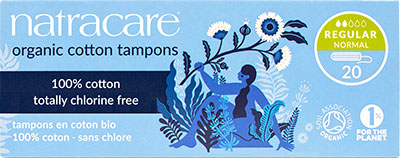
Make the switch today
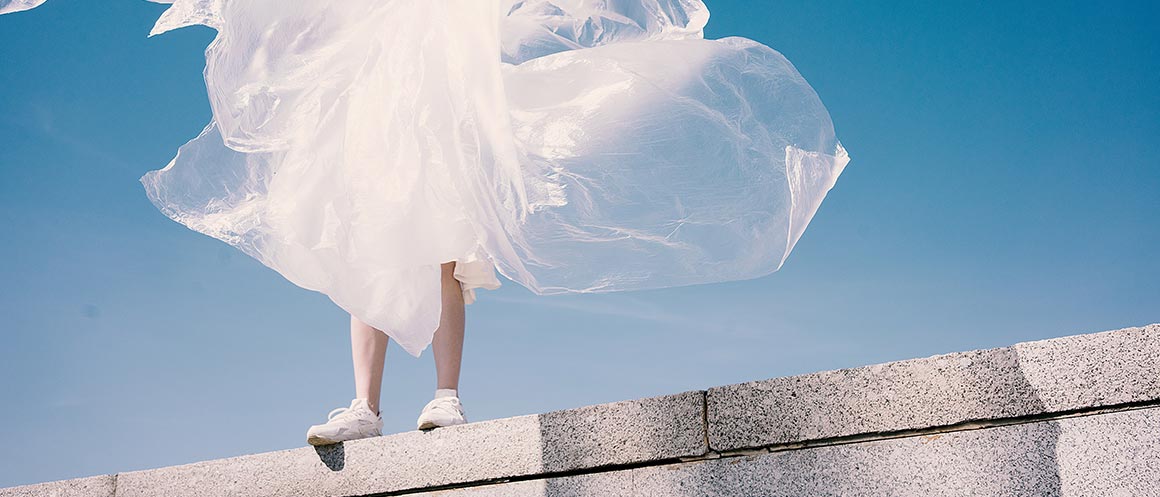

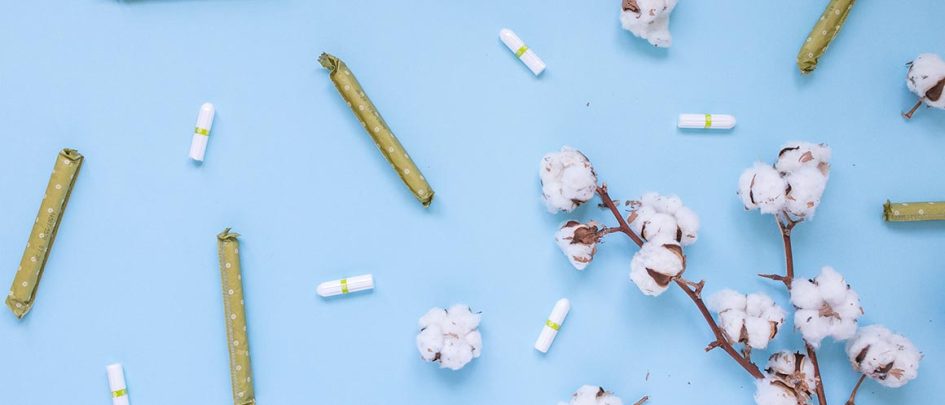
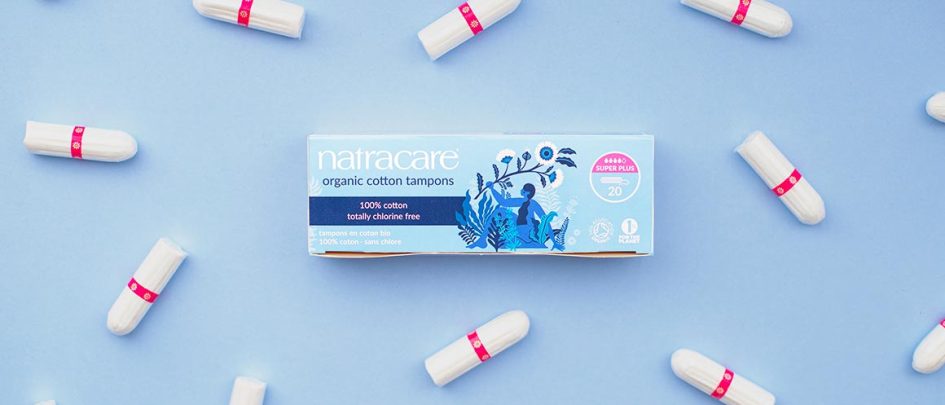
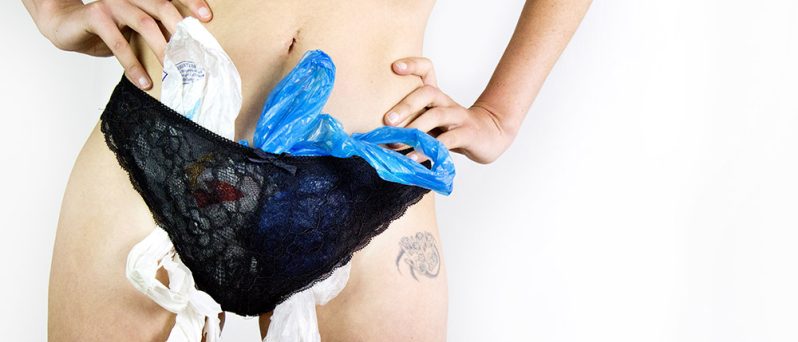


Are the paper wrappers of you cardboard applicator tampons compostable?
Hi Virginia, the paper wrappers are entirely home-compostable 🙂
Thanks for explaining, in ignorance I chose the non applicator ones to reduce waste. Next time I’ll use the applicator ones to reduce plastic. You should make it more clear on the packaging that the non applicator ones are wrapped in plastic.
Thanks Rachel – we have rebranded our tampon packaging which should make the distinction much clearer from now on!
Are the pantliner wrappers non plastic, even though they look plastic ?
Hey! Yes, our panty liners are plastic free. They’re made using plant starch and you can find the list of ingredients used for our packaging here: https://www.natracare.com/products/liners/normal-panty-liners/